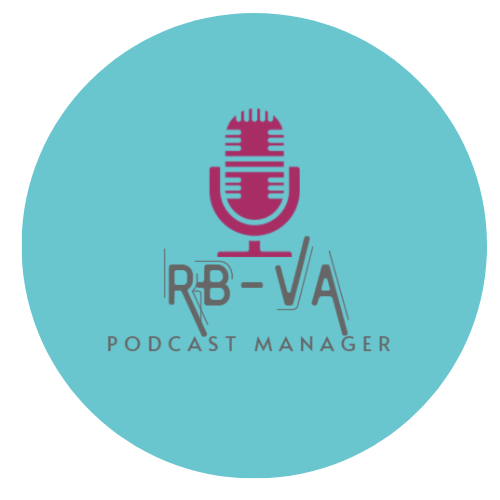Essential Podcast Equipment: What You Really Need (And Why)
Let me start by saying that you don't need expensive equipment.
If you absolutely needed to you could start your podcast on your phone and adjust other factors to make it sound better which I'll come onto later.
But it is important to try and get the best-sounding audio as you don't want to put off listeners.
I noticed a considerable difference to my audio when I invested in a proper mic and used headphones, along with using an online recording platform (which I will address in a later blog!)
Microphone
You can buy some great microphones for not a lot of money £50-£100. The mic I use is a Behringer Bigfoot. I got it on offer for £50 but the normal price is about £90. You could also use a headset mic like this one. Another popular brand amongst podcasters is Blue Yeti.
Look out for Amazon Prime Days to get a great deal.
If you do have a mic, check to make sure it’s in the correct setting, for example, my Bigfoot mic has four Polar Patterns that can be used.
The Cardioid pattern strongly picks up the sound from the front of the mic and limits the amount of room ambience picked up. This is the best pattern to use for solo interviews and recording remotely.
If you’re unsure of the settings for your mic, I’d recommend looking it up on YouTube and watching an instructional video. There are loads of good ones out there.
Headphones
Again, they don't have to be expensive, but they are useful to wear whilst recording. They plug into your mic so that you can hear yourself speaking. This can help you see if your mic is picking up any other sounds. You can also hear your guests better (if you’re having them) and pick up any interference.
I would recommend wired headphones, I use these Sony ones, very reasonable at about £14. I don’t recommend Bluetooth ones as you can’t plug them into your mic, and I’ve found that using Bluetooth headphones can cause a delay.
Accessories
There are other accessories you can invest in too, like a pop filter. The pop filter eliminates ‘popping’ noises when you use words which have the ‘p’ sound like people or pressure. It’s the fast-moving air when we speak these words that cause the popping noise.
I have my mic on a boom arm, which is basically a mic stand that allows your mic to be positioned above you. Particularly good for those of you who might use your hands a lot when you talk and are in danger of banging the mic if it’s on the desk in front of you!
These are not essential but are nice to have for your set-up.
Recording Environment
As well as having the proper equipment we need to take into consideration the recording environment.
Here are my top tips:
1. Mute Notifications
The safest bet is to close all applications on your desktop and put your phone on silent for the duration of the interview. If you are recording with guests, it’s a good idea to remind them too.
PRO TIP: Why not create a guide to send them before you record? Not everyone has the correct set up and this way you can ensure you get the best-sounding audio available.
This goes for open windows, fans, AC units, and washing machines if you’re near the kitchen!
2. Mic level check
This is just an example of what the levels look like. The software I’m using here is Audacity. A free editing tool which I use and highly recommend.
If you go to sounds or mic settings in whatever platform you are using to record, there will be something like this to check your levels and encourage your guests to do the same.
3. Try not to be disturbed!
Now as a working Mum with two kids and two cheeky cats, I know it’s difficult to not be interrupted!
If you're interrupted or need to tell the kids to be quiet, the best thing to do is to stop and restart the section and take out in the edit.
If you're in the middle of an interview, you can just carry on and leave it in or stop and ask the question again leaving a 10-second silence so that in the edit you can take it out.
4. Consider Room Acoustics
The best place (outside of a studio) to record good audio is a small room that has lots of padding.
You may have heard people say that they record in their closets!
The padding helps absorb the sound and not reverb off hard objects like glass and hard floors.
I hope that you now feel confident about the equipment you are going to use, what you can invest in and your recording environment.
If you have any questions, please feel free to get in touch!
Email me at rachael@rb-va.com
Connect with me on LinkedIn
Listen to my podcast Podcasting 101 with Rachael

